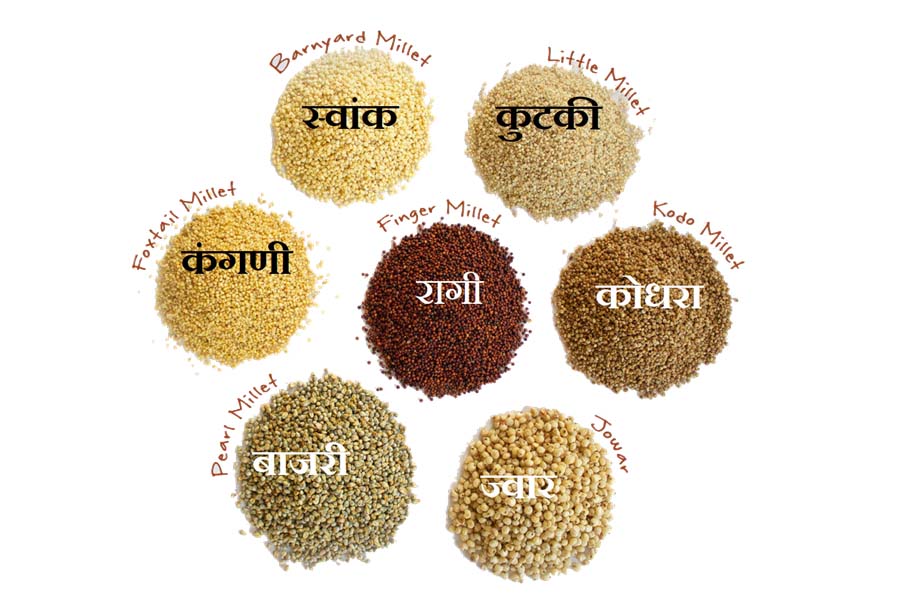
What are Millets?
Millets are one of the oldest cultivated grains in the world and has been grown throughout Africa and Southeast Asia for thousands of years. Today, it’s one of the most important cereals around and is a staple crop for humans and animals.
The small round grains are so important because they’re all full of vitamins and minerals. Millets are hardy and easy to store for years without insect damage.
Millet Grains
Even though millet grains vary in size and color, they’re all part of the grass family, which also includes wheat, rice, and barley. Millet also has two categories: large (major) and small (minor).
Large millets:
Pearl is the most common type of millet and is usually white, yellow, gray, or even purple. The grains are among the biggest at about 3-5 millimeters.
Sorghum millet has several shades, including white, yellow, and red, and they’re usually about 4-6 millimeters.
Finger (ragi) is almost always brown, and they’re small, only 1-2 millimeters per grain.
Foxtail grains are about 2-3 millimeters long, and they can range from red and black to white or yellow.
Proso millet grains are about 3 millimeters long with lines running their lengths. They can be white, yellow, or brown.
Small millets:
Little millet grains are about 2-3 millimeters long, and they come in shades of gray and white.
Barnyard millet also comes in shades of gray and white, and they’re about 3 millimeters long.
Kodo grains vary from blackish to dark brown, and the grains are about 3-4 millimeters long.
Browntop grains are tan to white and about 4-5 millimeters in length.
Millet Benefits
Millet is rich in niacin, which is important for healthy skin and organ function. It also has beta-carotene, especially the dark-colored grains, which converts to vitamin A, helps your body fight free radicals, and supports your immune system.
Millet also has other health benefits:
Controls blood sugar
Millets are low-glycemic index (GI) foods and can help keep your blood sugar from spiking after you eat. They contain carbs we don’t digest that help control blood sugar, plus fiber, and non-starchy polysaccharides, so millets are a good whole grain, especially if you have type 2 diabetes.
Improves digestive health
Millets are rich in dietary fiber, both soluble and insoluble. The insoluble fiber is a prebiotic, which means it supports good bacteria in your gut. The fiber also adds bulk to poop, helping keep you regular and reducing your risk of colon cancer.
Protects your heart
Millets are full of soluble fiber, which trap fat in your gut and can lower the cholesterol level in your blood. That can help reduce your chances of atherosclerosis, or heart disease. Millets are good sources of magnesium, too, which may prevent heart failure.
Promotes anti-aging
How your body metabolizes sugars is a major factor in how you age. Millets are full of tannins, phytates, and phenols that help protect your cells against damage and potential diseases like high blood pressure, diabetes, and high cholesterol.
Builds healthy cells
Finger millet is an excellent source of B vitamins, which play a role in everything from brain function to healthy cell division. You need vitamin B9, also known as folate, to produce healthy red blood cells.
Millet Nutrition
Millet is rich in protein and calcium and has more essential amino acids than most other cereals.
